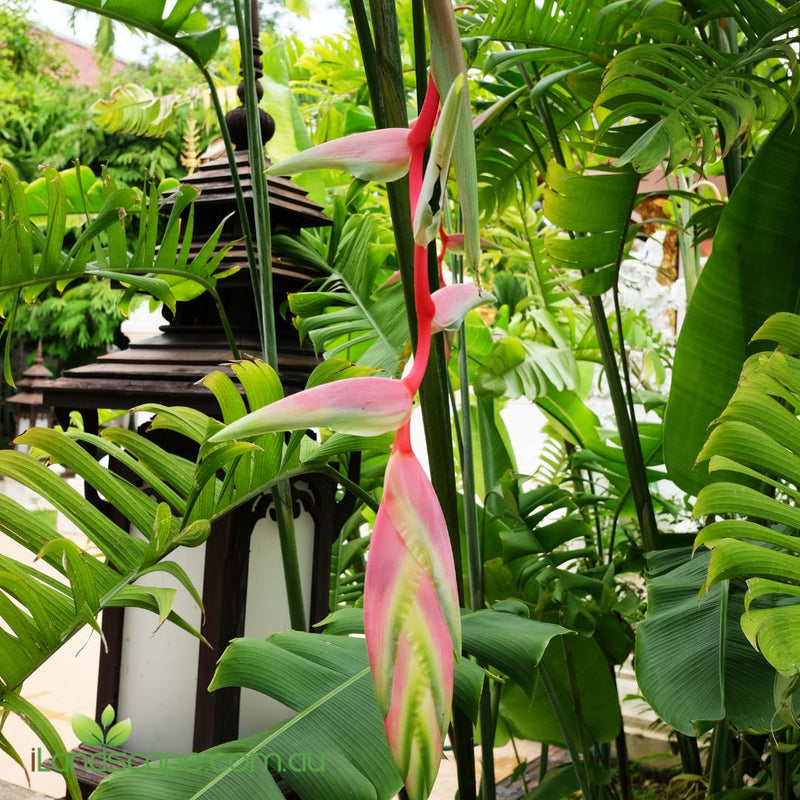Elaeocarpus eumundii
Description:Elaeocarpus eumundii, commonly known as Eumundi Quandong, is an attractive Australian native evergreen tree, prized for its dense, glossy foliage and its neat, pyramidal form. This versatile tree can be grown as a small to medium-sized feature tree, screen, or hedge in gardens, streetscapes, and parks. It is well-suited to subtropical and tropical climates and adds a lush, green presence to the landscape. Elaeocarpus eumundii is appreciated for its low maintenance and ornamental value.
Flowers:In spring and early summer, Elaeocarpus eumundii produces small, creamy-white, bell-shaped flowers in clusters. While not particularly showy, these flowers add subtle charm and attract pollinators, such as bees.
Foliage:The standout feature of Elaeocarpus eumundii is its dense, glossy, dark green foliage. The leaves are leathery and oval-shaped, with new growth often emerging in a bronze or reddish hue, providing seasonal color variation. The dense canopy and lush foliage create excellent shade and make this tree ideal for screening or as a background plant.
Fruit:After flowering, small, blue-black berries appear. These fruits are not typically a major ornamental feature but can attract birds that enjoy feeding on them.
Form and Size:Elaeocarpus eumundii typically grows to around 8–12 meters in height with a spread of 3–5 meters, forming a neat, pyramidal shape. It has a naturally upright, compact form, making it a great option for formal hedges, screens, or as a feature tree in medium to large gardens.
Growing Conditions:Thrives in full sun to part shade and prefers well-drained, fertile soils. Elaeocarpus eumundii is adaptable to a range of soil types, including sandy, loamy, and clay soils, and performs best with regular watering, especially in drier periods. It is drought-tolerant once established and can handle light frost in milder climates.
Uses:This versatile tree is ideal for use as a screen, hedge, or feature plant. Its dense foliage and compact growth habit make it an excellent choice for creating privacy, while its neat form adds structure to garden designs. Elaeocarpus eumundii is also well-suited for streetscapes and parks, where its low-maintenance nature and attractive foliage can be appreciated.
Maintenance:Low-maintenance and easy to care for, this tree benefits from light pruning to maintain its shape and encourage dense growth, particularly if used for hedging or screening. Apply a balanced fertilizer in spring to promote healthy growth and maintain its lush appearance. Mulching around the base will help retain moisture and keep roots cool.
Notes:Elaeocarpus eumundii is known for its hardiness and adaptability, making it a popular choice for a range of landscapes. Its neat, dense foliage and ornamental value make it a great option for both formal and informal garden settings.
Companion Plants:Pairs well with other Australian natives like Grevillea, Callistemon, and Syzygium. Its dense foliage also contrasts nicely with ornamental grasses like Lomandra and flowering shrubs like Westringia.
Common Name: Eumundi QuandongBotanical Name: Elaeocarpus eumundiiFamily: ElaeocarpaceaeOrigin: Australia



